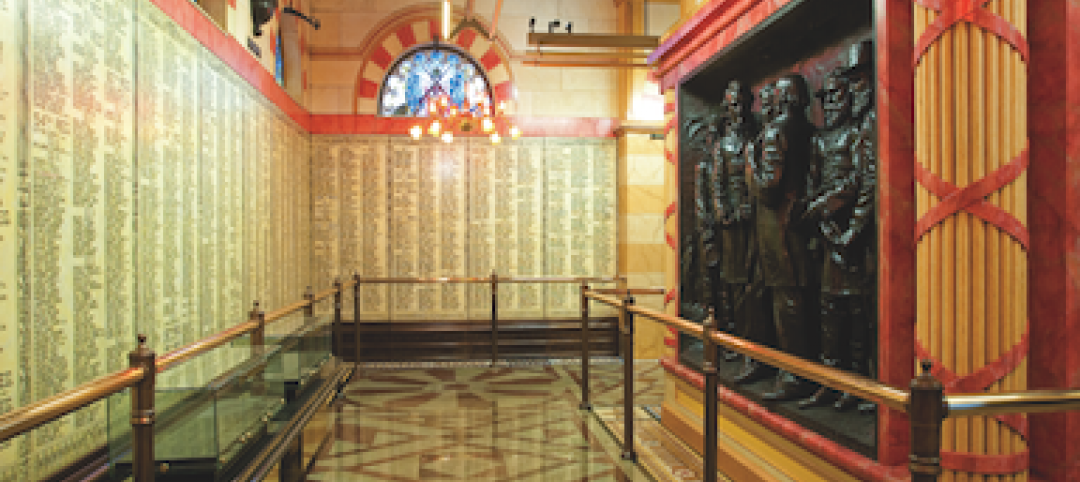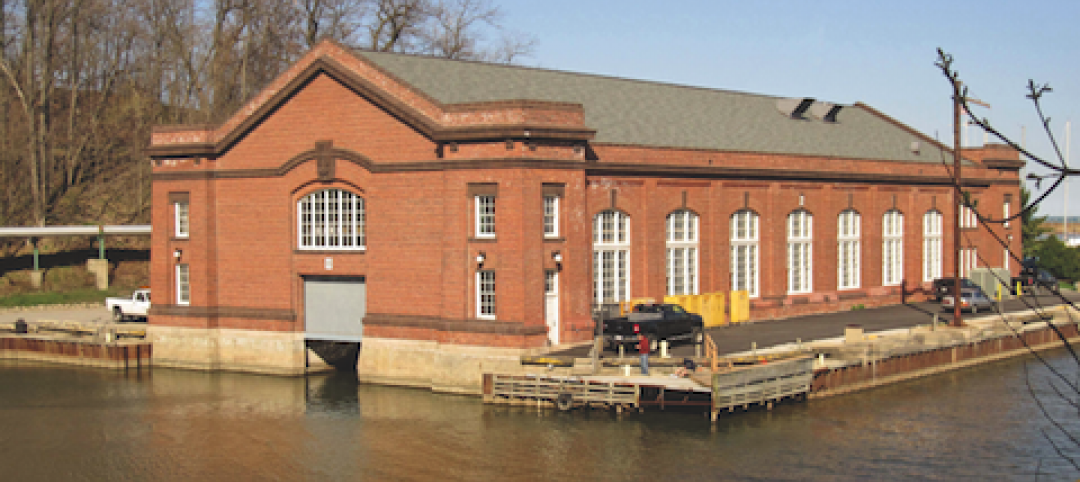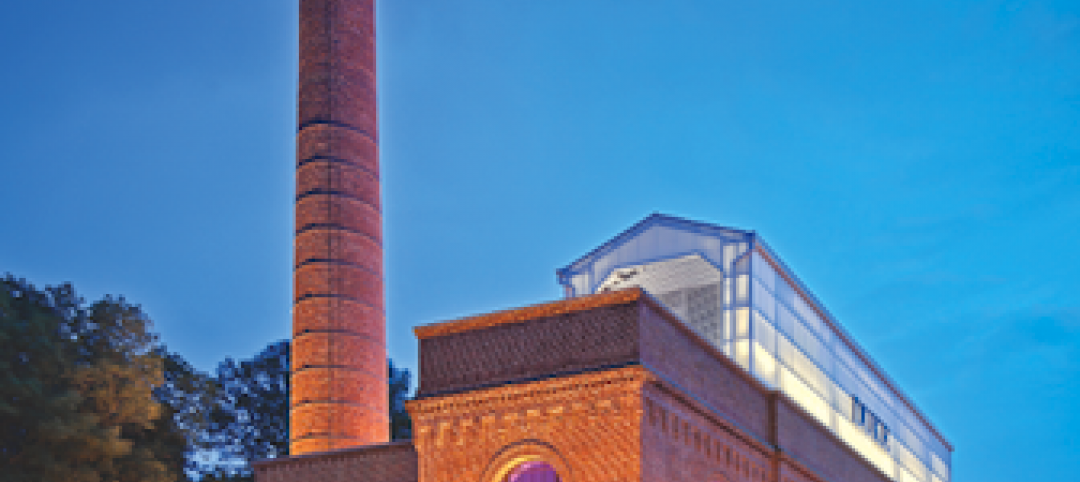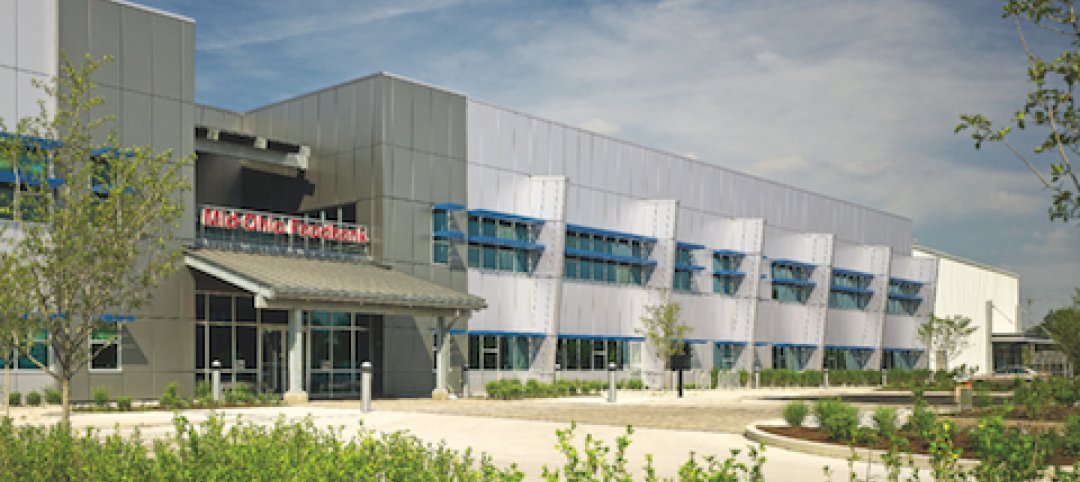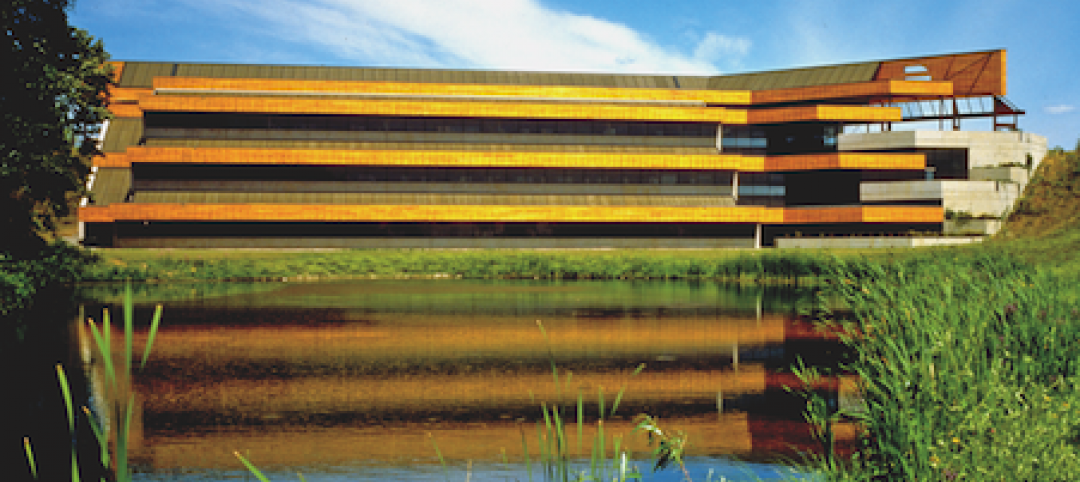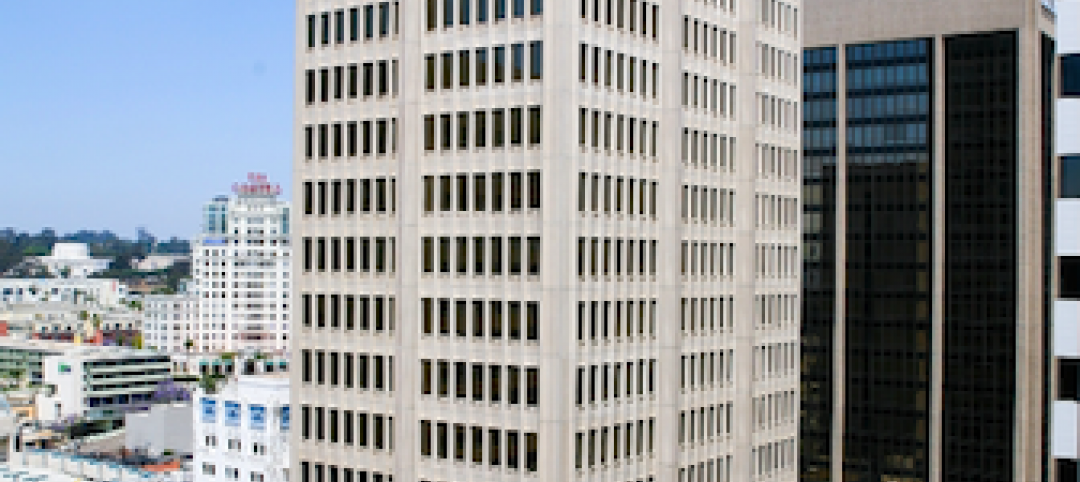“This building may look very cool and modern, but it’s all about performance,” says Marc Butler, CEO and president of J.R. Butler Inc., the Denver-based glazing contractor that helped produce nearly 600 high-performance windows for the U.S. Department of Energy’s new National Renewable Energy Laboratory, near Golden, Colo. From the outset, the client required its 222,000-sf facility to meet the highest performance goals attainable: LEED Platinum, net-zero-energy use, and energy performance 50% better than ASHRAE 90.1 2004. “Those are the three things we made all the decisions around,” says Butler.
It’s ambitious to take on any project with such aggressive energy-efficiency goals, but to move ahead knowing that a significant amount of the building would be punched full of window openings—the building has a wall-to-floor square footage ratio of 4:1—is a prospect many Building Teams would gladly pass up. Throw in a couple additional challenges, such as a tight $64 million budget and a 500-page design-build contract with 50% of the fee at risk if terms weren’t satisfied, and the Building Team of RNL (architect), Stantec (engineer), Haselden Construction (GC), and J.R. Butler had their work cut out for them.
Their solutions for the building’s performance requirements involved the use of innovative window products to optimize and manage daylighting and views and control natural ventilation and unwanted heat gain.
“Daylighting and solar energy are at the core of the building,” says Philip Macey, AIA, design-build project manager for Haselden. “Free lighting is the most important thing a designer and contractor can give a building owner.” The facility’s H-shaped layout, with its two narrow 60-foot-wide wings, ensures that no workstation is more than 30 feet from a window—in a building designed for 800 employees. “During an average day, you should never have to turn on the lights,” says Butler.
Daylighting enters the building from all sides, meaning each façade has numerous openings—a design hardly conducive to a tight, super-efficient building. Window units had to plug potential leaks. “The R-value in the walls was huge, which meant the R-value in the glass had to be huge,” says glazing contractor Butler. “It’s a significant challenge for glass to give you good insulation value.” Butler, whose firm has a license agreement to unitize for Wausau Windows and Wall Systems, specified Wausau’s 4250 Series and created a SuperWall system with help from SageGlass, Viracon, and Linetec using energy and light modeling data from Stantec.
The thermal modeling process lasted about 15 months. There was so much data to be crunched that Butler says it took a dedicated computer bank three weeks to spit out supposedly “final” results each time a change was made. “Every time we thought we were good and ready to order the windows, something else would bump the performance of the window,” says Butler. “The balancing act was crazy.”
As a result of the complex modeling, eight different types of glass were specified to help balance light, U-value, and shade coefficient. Wausau’s high-performance aluminum frames (with 70% recycled content using secondary billet) were fitted with triple-pane glazing that features Viracon low-e coatings (sometimes two or three different coatings). In some instances, electrochromically tintable glass (from Sage Electrochromics), which darkens when voltage is applied to it, was used. Linetec finished the aluminum frames in a silver-hued mica Kynar coating and supplied the thermal barrier system. Fabrication of the custom windows took about 10 weeks, with both Wausau and J.R. Butler manufacturing the units.
Wausau also constructed custom sunshades, called bonnets, to box the windows, adding both a distinguishing architectural element and additional shading. “The sunshades give people the ability to look out and see the full Colorado landscape but without having direct sunlight in their face,” says Butler. “In our studies of the sun, when you get that spring and fall and winter sun, the sidepieces block that out. When you have high summer sun, the top shade blocks that out.”
The problem with using all that super high-performance glazing and additional shading devices is that it reduces visible light transmittance, which conflicted with the client’s wish for interiors flooded with natural light. To compensate, clerestory windows were installed above the bonnets and fitted with fixed, mirrored light louvers between the panes that reflect light upward, bouncing it off the ceiling and funneling it deep into the building—an average 20 to 30 feet inside. The Building Team also employed 13-foot-high ceilings, workstation furniture with low walls, and bright interior paint colors to keep interiors bright. “It got to the point where we had to make sure interior light wasn’t too overwhelming,” says Butler.
The operable clerestory windows are programmed to automatically open at night to purge heat buildup and cool the building. “It’s a smart alternative to having the air-conditioning kick on,” says Butler. Those operable windows almost never made it beyond the drawing board, however, because the DOE worried about the building being targeted for a bomb or poison gas attack and being caught with the windows open. However, the Building Team was able to obtain a special code variance, and numerous safeguards were put in place to protect against such an incident.
The custom windows and installation were costly, with J.R. Butler being the project’s second largest subcontractor. Butler acknowledges that while the scope of work was appropriate for this particular client, “it’s still very expensive for the private sector, but they can learn from this technology” and incorporate ideas into their projects as budgets permit.
The National Renewable Energy Laboratory’s Sustainable Features
• High-efficiency windows
• Precast CMU
• Radiant heating and cooling
• Underfloor ventilation
• High-efficiency computers, monitors, and other office equipment
• Transpired solar collectors
• On-site solar energy system
• Use of recycled and reclaimed materials, including aggregate from an airport runway and structural steel columns from natural gas piping
Related Stories
| Oct 12, 2010
Cuyahoga County Soldiers’ and Sailors’ Monument, Cleveland, Ohio
27th Annual Reconstruction Awards—Gold Award. The Cuyahoga County Soldiers’ and Sailors’ Monument was dedicated on the Fourth of July, 1894, to honor the memory of the more than 9,000 Cuyahoga County veterans of the Civil War.
| Oct 12, 2010
Building 13 Naval Station, Great Lakes, Ill.
27th Annual Reconstruction Awards—Gold Award. Designed by Chicago architect Jarvis Hunt and constructed in 1903, Building 13 is one of 39 structures within the Great Lakes Historic District at Naval Station Great Lakes, Ill.
| Oct 12, 2010
Full Steam Ahead for Sustainable Power Plant
An innovative restoration turns a historic but inoperable coal-burning steam plant into a modern, energy-efficient marvel at Duke University.
| Oct 12, 2010
From ‘Plain Box’ to Community Asset
The Mid-Ohio Foodbank helps provide 55,000 meals a day to the hungry. Who would guess that it was once a nondescript mattress factory?
| Oct 11, 2010
HGA wins 25-Year Award from AIA Minnesota
HGA Architects and Engineers won a 25-Year Award from AIA Minnesota for the Willow Lake Laboratory.
| Oct 11, 2010
MBMA Releases Fire Resistance Design Guide for metal building systems
The Metal Building Manufacturers Association (MBMA) announces the release of the 2010 Fire Resistance Design Guide for Metal Building Systems. The guide provides building owners, architects, engineers, specifiers, fire marshals, building code officials, contractors, product vendors, builders and metal building manufacturers information on how to effectively meet fire resistance requirements of a project with metal building systems.
| Oct 11, 2010
Rhode Island is the first state to adopt IGCC
Rhode Island is the first state to adopt the International Green Construction Code (IGCC). The Rhode Island Green Buildings Act identifies the IGCC as an equivalent standard in compliance with requirements that all public agency major facility projects be designed and constructed as green buildings. The Rules and Regulations to implement the Act take effect in October 2010.
| Oct 8, 2010
Union Bank’S San Diego HQ awarded LEED Gold
Union Bank’s San Diego headquarters building located at 530 B Street has been awarded LEED Gold certification from the Green Building Certification Institute under the standards established by the U.S. Green Building Council. Gold status was awarded to six buildings across the United States in the most recent certification and Union Bank’s San Diego headquarters building is one of only two in California.
| Oct 6, 2010
From grocery store to culinary school
A former West Philadelphia supermarket is moving up the food chain, transitioning from grocery store to the Center for Culinary Enterprise, a business culinary training school.
| Sep 30, 2010
Luxury hotels lead industry in green accommodations
Results from the American Hotel & Lodging Association’s 2010 Lodging Survey showed that luxury and upper-upscale hotels are most likely to feature green amenities and earn green certifications. Results were tallied from 8,800 respondents, for a very respectable 18% response rate. Questions focused on 14 green-related categories, including allergy-free rooms, water-saving programs, energy management systems, recycling programs, green certification, and green renovation.



